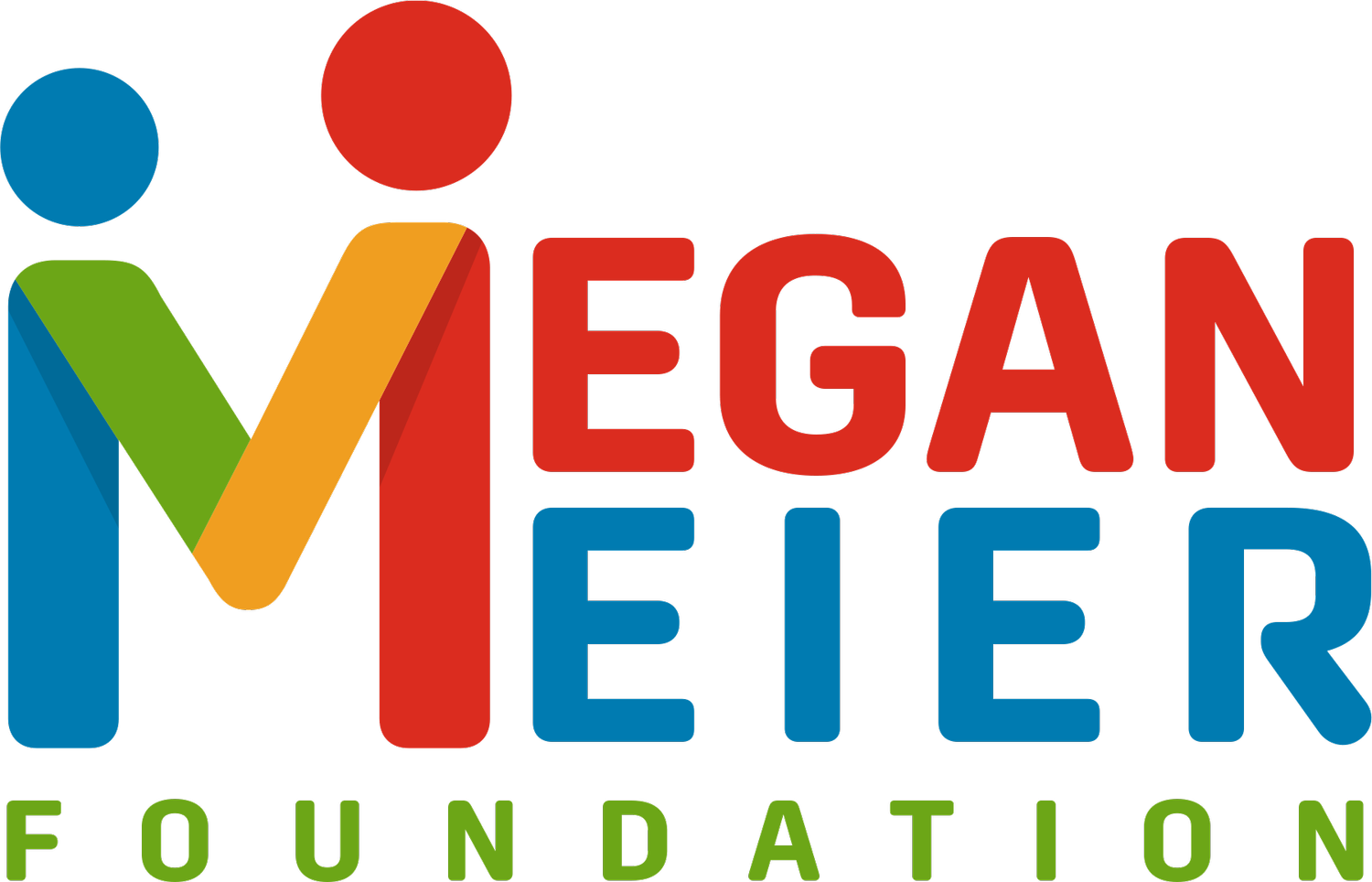
Statistics
Featured statistics for each category can be viewed below, or click the button for a PDF list of all available statistics.
Bullying
22% of middle and high school students report being bullied each year.
(National Center for Education Statistics [NCES], 2022)
Bullied students indicate that bullying has a negative effect on how they feel about themselves (22%), their relationships with friends and family (15%), their school work (17%), and physical health (9%)
(National Center for Education Statistics, [NCEs], 2022).
Students who are bullied are nearly twice as likely to report symptoms of anxiety (29.8 %) or depression (28.5 %) compared to their non-bullied peers
Cyberbullying
In 2023, about 26.5% of U.S. students reported they had experienced cyber-bullying in the previous 30 days
Approximately 80% of youth reported encountering hate speech via social media in the past month
(Office for the Study of Hate, 2024).
53% of teens who have been cyber-bullied say that elected officials are doing a poor job addressing online bullying
Sexting
23% of teens had received sexually explicit images, which has increased from 18% in 2016.
1 in 5 (20%) U.S. teens have experienced sexual extortion; overall, 24% said it happened to them while under 18
27 states had specific juvenile sexting laws; others rely on child-pornography/exploitation statutes. Penalties in sexting-law states range from diversion/education for first-time youth to fines, misdemeanors/felonies or short-term detention
Self-Harm
About 21% of students reported attempting to harm themselves in a deliberate, but not suicidal, way
Females (27%) were much more likely than males to report self-harm (14%).
“Digital Self-Harm” is considered anonymous online posting or sharing of hurtful content about oneself. About 9% of students have digitally self-harmed
Suicide
Youth who experienced cyberbullying had 1.7× higher odds of suicidality (ideation or attempts); youth who perpetrated offline peer aggression had 1.5× higher odds
Suicide was the 2nd leading cause of death among individuals between 10 and 34 years of age
In 2021, children grades 9-12 reported 22% seriously considered suicide, 18% made a plan, and 10% attempted in the prior 12 months
Mental Health
Nearly 20% of children and young people ages 3-17 in the United States have a mental, emotional, developmental, or behavioral disorder
About 9% of youth are estimated to require help with emotional problems but studies find that an estimated 70% to 80% of children with mental health disorders go without care
Rates of depression, self-harm, and suicide among U.S. adolescents have climbed over the past decade—especially for girls (e.g., teen girls reporting persistent sadness rose from 35% in 2011 to 57% in 2021; suicide-related measures also worsened for girls)
More than a third (37%) of high school students reported they experienced poor mental health during the COVID-19 pandemic, and 44% reported they persistently felt sad or hopeless during the past year
Immediate Crisis Hotlines
If you or someone you know is in suicidal crisis or emotional distress, call the National Suicide Prevention Lifeline at 9-8-8, a free 24-hour hotline. In the case of a life-threatening emergency, call 9-1-1 or visit your nearest emergency room. Below is an additional list of crisis resources.




